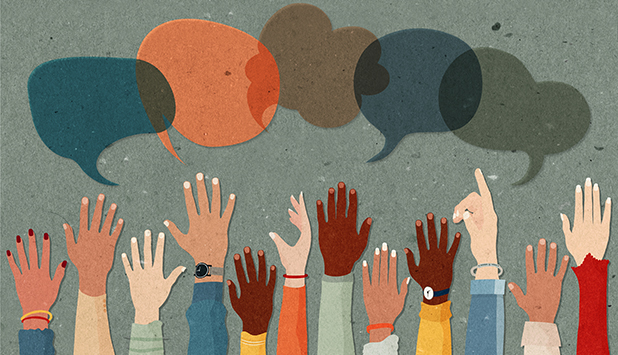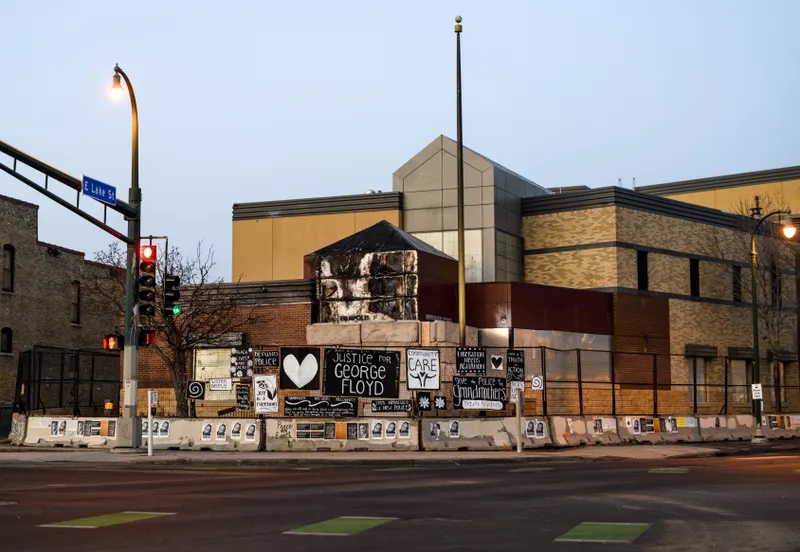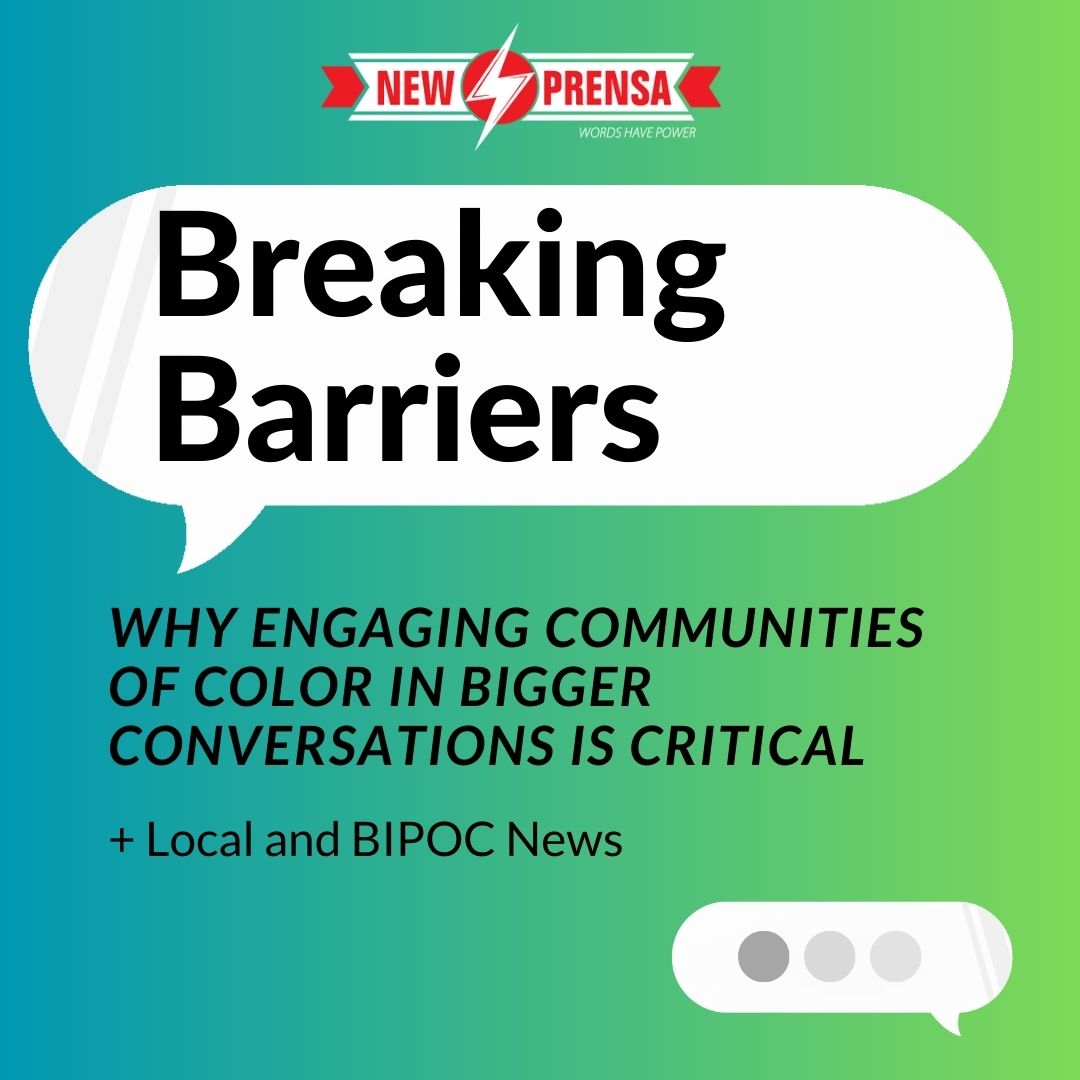This week’s edition covers stories
from April 13th to April 19th, 2023.
Today’s issue is 840 words, a 6.5–minute read.
Isabella and Helene talk reaching BIPOC communities for bigger conversations through engagement and
the future of Minneapolis’ 3rd Precinct
Good morning from NewPrensa!
Isabella speaking. The month of April has proven that “Sometimes It Snows in April”, as Prince once sang. Interesting things are happening before we jump into a consistent 80-degree weather, but here’s a few. Bad Bunny presented the history of Latine music through a heart-touching presentation as the first Spanish-language headliner at the Coachella music festival.
The Louisiana GOP seeks to ban the study of racism in higher education, while the Florida Board of Education approved a ban on classroom instruction about sexual orientation and gender identity. Justin Jones and Justin Pearson were reinstated to the Tennessee House after they had been expelled by the GOP House following a gun control protest. The TRUTH project published a report concluding that the UMN’s founding board of regents committed “genocide” and “ethnic cleansing” of Indigenous peoples for the benefit of the institution during the 19th century. An Oklahoma county official, Mark Jennings, was caught on audio reminiscing over lynchings and discussed murdering reporters.
What is going on, America?

Public engagement is a job many are familiar with. It involves understanding audiences, working in diverse and underrepresented communities, sharing research and feedback. Some members of NewPrensa, like me, are highly involved in this kind of work. It’s important because we want to ensure different members of multiple communities are involved in the decision-making process of projects that are happening as little as a block away from your home.
However, I’ve encountered in many instances and share with fellow public engagers the difficulty of bringing communities of color to be present in spaces where their voices are vital in improving a study and project that potentially could affect their way of life. Oftentimes, engagers go out to specific areas that are highly inhabited by certain communities to share as much information, and to ensure that their voices are heard if they’re unable to make it to the big meetings.
A Boston University paper on “Racial Disparities in Housing Politics: Evidence from Administrative Data” found from an analysis of public meetings in “nearly 100 Boston-area communities” that 80 percent of the population was white and an estimated 95 percent of the meeting attendees were also white. This is an example representation of what frequently occurs at open houses or public meetings that request a neighborhood or cities’ inhabitants opinions. A study conducted by Strong Towns highlighted that the majority of comments at public meetings, beside the fact that they don’t represent the “whole” public, tend to oppose the development of specific projects, such as new housing. This causes an issue with misrepresentation of the population of an area and a higher chance of benefiting a smaller portion of the community. Not only this, but high opposing comments fuel an “anti-development” and “not in my backyard” (NIMBY) mentality that is recessive, and that gatekeeps the possibility of renewal and potential advancements. Being aware of who isn’t in the room is essential when receiving comments at public meetings.
Lack of attendance can be due to lack of accessibility, distrust in the government, and feeling like their voices aren’t being actually heard. It’s kind of a paradox: people want to be heard but when given the chance, they struggle to show up. Some struggle with work schedules, daycare, language barriers, or transportation. While there are attempts being made, the biggest effort is comprehending the communities you are working with who have different lifestyles and that have more often than not suffered from neglect or a misuse of their voice. How do we approach our communities to be more present in bigger conversations that don’t pertain to only local neighborhoods?
Let us know what YOU think.

Hi everyone, Helene here! The city of Minneapolis has been trying to sort out the reopening of the 3rd precinct (you know, the one that burned down in 2020 during the protests over George Floyd’s murder) The community has proposed that, perhaps, the 3rd precinct doesn’t need its own policing presence. But, there are community members and business owners who feel that the precinct should return to serving the Powderhorn neighborhood and surrounding areas. At this point, I think that it’s less a question of whether there will be a policing presence in the area and rather where the building will be located. The city is looking into a whole bunch of potential lots and buildings, but they’ve got pretty specific criteria for the space. The five main criteria include being within the Third Precinct boundaries; having a minimum of a 1.5-acre parcel to accommodate building size and two entry and exit points; being in an area properly zoned for use and height; and being easily accessible by the community. They haven’t released the list of potential locations but it is believed that there’s a list of around 20. Two sites are the supposed winners, though: 2600 Minnehaha and 3000 Minnehaha, where the existing 3rd precinct building currently sits, abandoned. There was one final meeting last night, April 19th, for the general community to share their opinions. It remains to be seen what came of that meeting. For anyone who’s interested in sharing their opinions with the city, you can fill out the survey here.
That’s it from us this week! Remember to check out our playlist, NewMusica, for your biweekly fix of NewTaste and NewVibes. We’ll be back next Thursday.
-Isabella and Helene

We’re Communications Specialist by day
and sippin’ tea by night!
Do you enjoy reading NewPrensa?
Forward it to someone you think may enjoy it too!
Got suggestions, feedback, or a good scoop?
Send it to us at newprensa@newpublica.com
If someone sent this newsletter your way, feel free to subscribe to get local, BIPOC news delivered to your inbox every Thursday morning.



